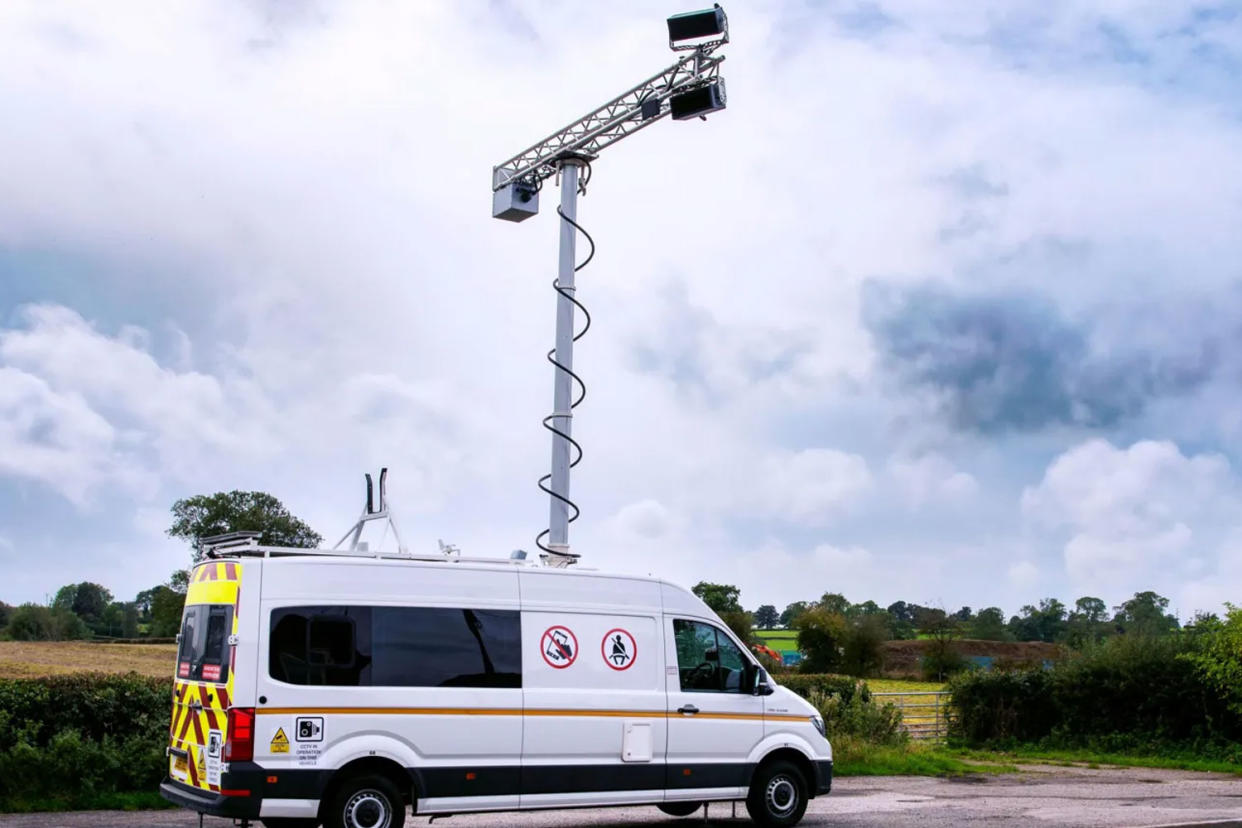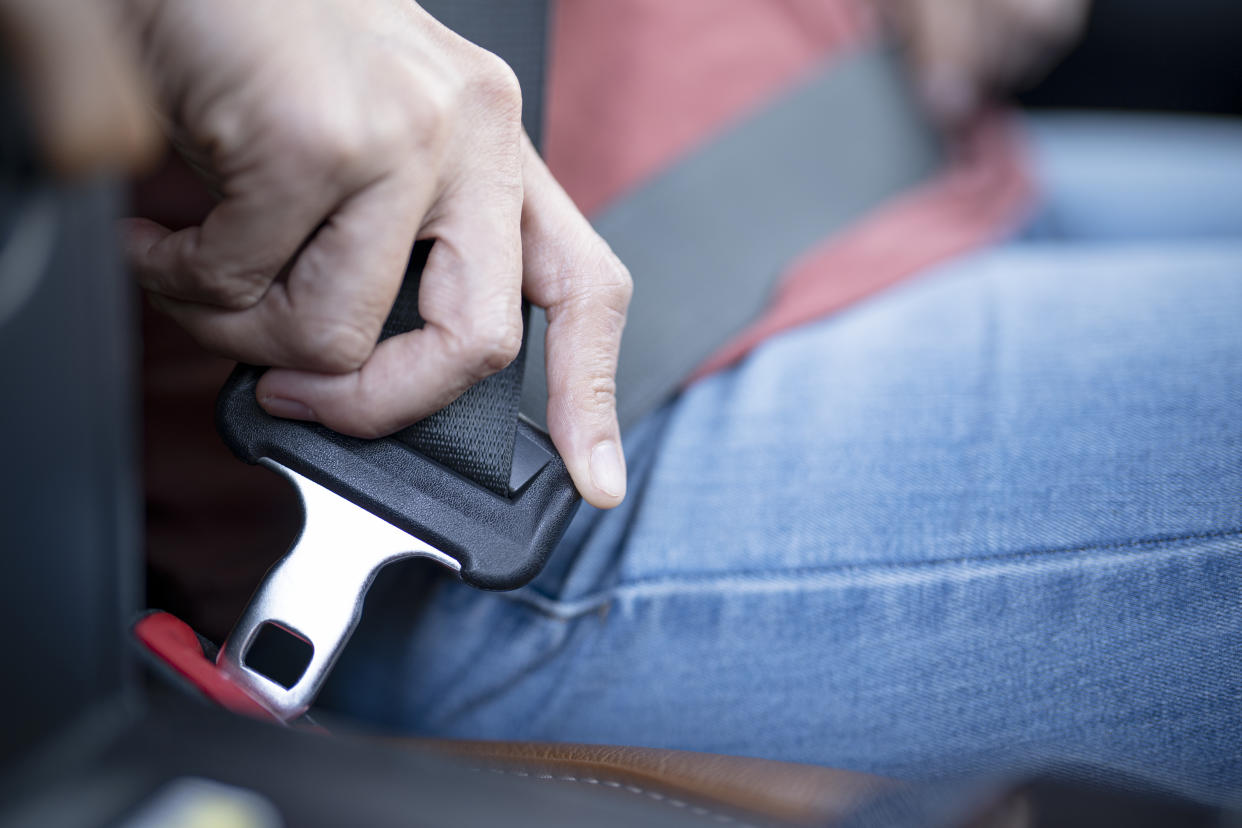What are AI traffic cameras and which offences can they spot?

Ten police forces within England are now testing artificial intelligence (AI)-driven traffic cameras that can automatically detect offences such as using mobiles behind the wheel with rapid-exposure cameras linked to an artificial intelligence system.
In the Greater Manchester area, cameras are being deployed from 3 September, with the wider trial now running until March 2025. The goal is to understand how the technology works and gain information that could be used for a nationwide rollout.
The trial of the Heads Up system has been welcomed by road safety groups, with the RAC saying: "It's clear that far too many drivers are still prepared to put lives at risk. AI-equipped cameras that can automatically detect drivers breaking the law offer a chance for the tide to be turned."
What are AI traffic cameras?
AI traffic cameras can be mounted on vans, used freestanding, or mounted on motorway gantries.
The technology, which have been built by Melbourne-based road-safety company Acusensus, are mounted higher than the traditional speed cameras seen on Britain’s roads, and are built to capture footage of drivers behind the wheel.
In theory, the cameras will spot potential offences and flag them to human operators who then check the footage.
How do they work?
The system uses radar to detect an incoming vehicle, then takes a picture with an extremely fast exposure speed of less than 50 microseconds.
The fast exposure means there is no motion blur, even in vehicles moving at up to 186mph. The cameras take two photos, and can track cars moving at any speed.
The first photo, at a shallow angle, captures whether a driver has a phone to their ear, and whether they are wearing a seatbelt.
A second photo captures whether the driver is texting in front of them.
Once a potential offence has been flagged by the AI system, it’s checked by human operators: if that check confirms an offence has been committed, the driver is issued with a penalty charge.
If the human operator decides no offence was committed, the images are deleted.

Which offences do the cameras pick up?
The AI systems within the cameras are designed to pick up drivers using phones and drivers failing to wear a seatbelt.
But the cameras also take a picture of the vehicle and register its movement via radar, so drivers could also be spotted for speeding; failing to stop for a red light; driving without insurance or driving without an MOT.
Acusensus says of the tech: “The Heads-Up solution can simultaneously capture illegal mobile phone use, vehicle over-speeding via radar point speed detection and/or ANPR (automatic number plate recognition) based section control, seatbelt offences and unregistered/hotlist vehicle detection via ANPR.”
The Acusensus camera system has been used by police forces and local highways authorities across the UK since it was first trialled by National Highways in 2021.
Where are the cameras being rolled out?
The current trial involves 10 police forces within England.
The forces taking part are: Greater Manchester, Durham, Humberside, Staffordshire, West Mercia, Northamptonshire, Wiltshire, Norfolk, Thames Valley Police and Sussex.
How much money are AI cameras predicted to make?
An estimated 400,000 drivers a year use a mobile phone while driving, and if caught by the Acusensus system would be liable for a £200 fine.
According to a report published in 2023 by the Vision Zero South West Road Safety Partnership (which is run in conjunction with Devon & Cornwall Police), an Acusensus camera trial detected 117 mobile phone offences and 180 seat belt offences in its first 72 hours of tests on the A30 near Launceston.
How are AI cameras different from regular traffic cams?
Compared to older video-based systems, the Acusensus cameras work better at night and in glare conditions.
The fast exposure speed means they can deal with vehicles moving at high speed, and unlike normal traffic cameras, capture a full picture of the vehicle’s interior.
Like normal speed cameras, they are connected to UK police and Driver and Vehicle Licensing Agency (DVLA) databases so the cameras can also check for car tax and MOT.


